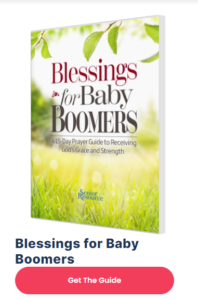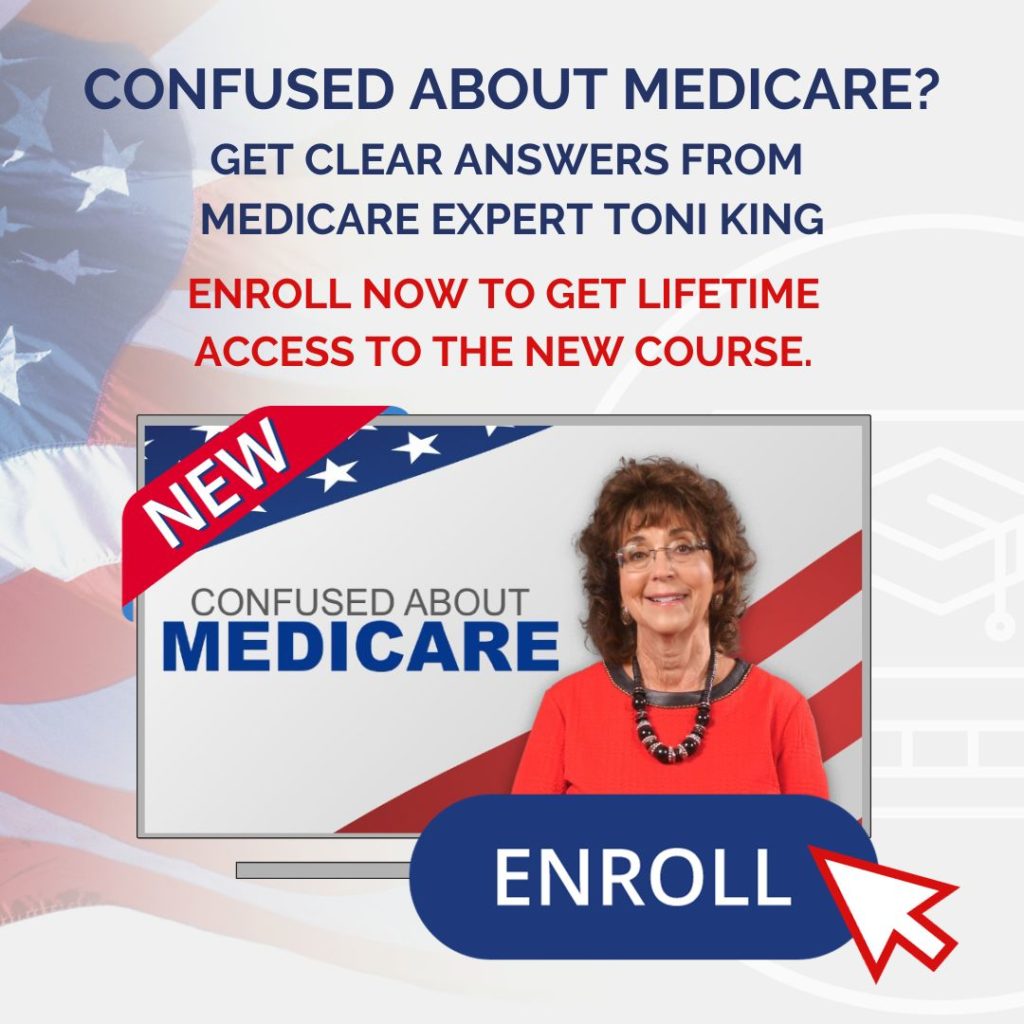Toni:
In 2014, we sold our house to move into a senior community. Now, both of our Part B premiums have increased drastically from $104.90 each month to $389.80 for Part B and an additional increase for Part D to $72.90. We still are receiving the same Social Security check and I really don’t understand where this change came from.
Could you please explain what has happened?
~Thank you Meredith from West U
Meredith:
In the past few weeks when clients are meeting with us at the Toni Says office, we are seeing those on Medicare not understand Medicare rules, which are not clearly explained in the Medicare and You handbook.
Below are a few examples of how Americans are paying more for Medicare Part B and Part D premiums:
- Part B and D monthly premiums are based on what income amount was reported on your last filed tax return: Meredith, your current question about why your Part B and D premiums increased even though your Social Security checks remained the same tells me that your income for that year was raised from the year before. When your Part B premium was the average premium of $104.90 for 2015, your income on your joint tax return was $170,000 or less. The amounts you gave of $389.80 for Part B and $72.90 for Part D tells me that your income on your last joint tax return was over $428,000 and this increase could have been from selling your house. Americans need to know that when your income increases about the threshold of $85,001 as an individual or $170,001 as a couple, then both your Parts B and D premiums will be increased to their limits.
- Should one enroll in Medicare Part B when either you or your spouse is “still” working with employer health coverage? Everyone should discuss enrolling in Part B with their company’s HR or benefits administrator to find out how their group health coverage coordinates with Medicare. It may be to your or your spouse’s advantage to delay Medicare Part B. The 2016 Medicare & You handbook states, “You can sign up for Part B without paying a penalty anytime you have health coverage based on your or your spouse’s current employment.” Once employment or health coverage based on employment ends, then one can receive a SEP (special enrollment period) and have an 8 month period to enroll in Part B without receiving a Part B penalty. When one has been enrolled in Medicare Part B for longer than 6 months, then Medigap (Medicare Supplement) open enrollment will not exist and one may not qualify for that specific Medicare Supplement plan because now one must answer health questions.
- Have each employer HR sign Social Security form “request for employer information” when there is an employment change past turning 65? Kathy from West U consulted a Toni Says agent regarding enrolling in Part B when leaving her current employment only to discover that she never had two (2) other companies (which she had worked for after turning 65) sign form #QMB No0938-0787. Because Kathy is now 69, her Part B penalty from not having any companies sign off, will be 69 minus 65 which is 4 (full12 month periods) times 10% or 40%. Not for one month, but for as long as she is enrolled in Medicare Part B.
Back by popular demand, Confused about Medicare and Social Security Workshops begin Tuesday April 5th at 2:00 PM at the Toni Says office 10998 Wilcrest, Ste. 120 Houston, TX 77099. Seating is limited to 15. Please RSVP 832/519-8664.
Toni King, author of the new Medicare Survival Guide®, which is a simple guide that puts Medicare in people terms, is on sales at here..



